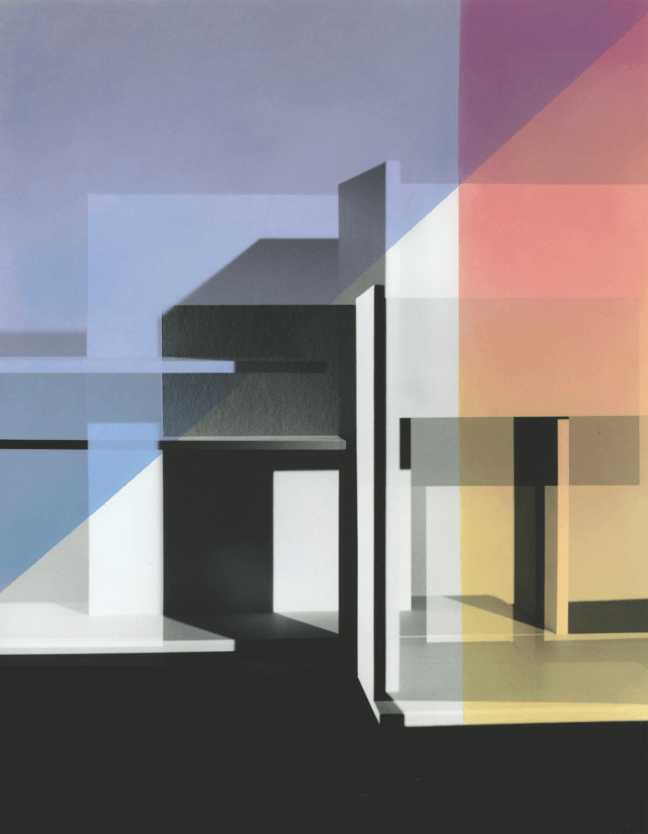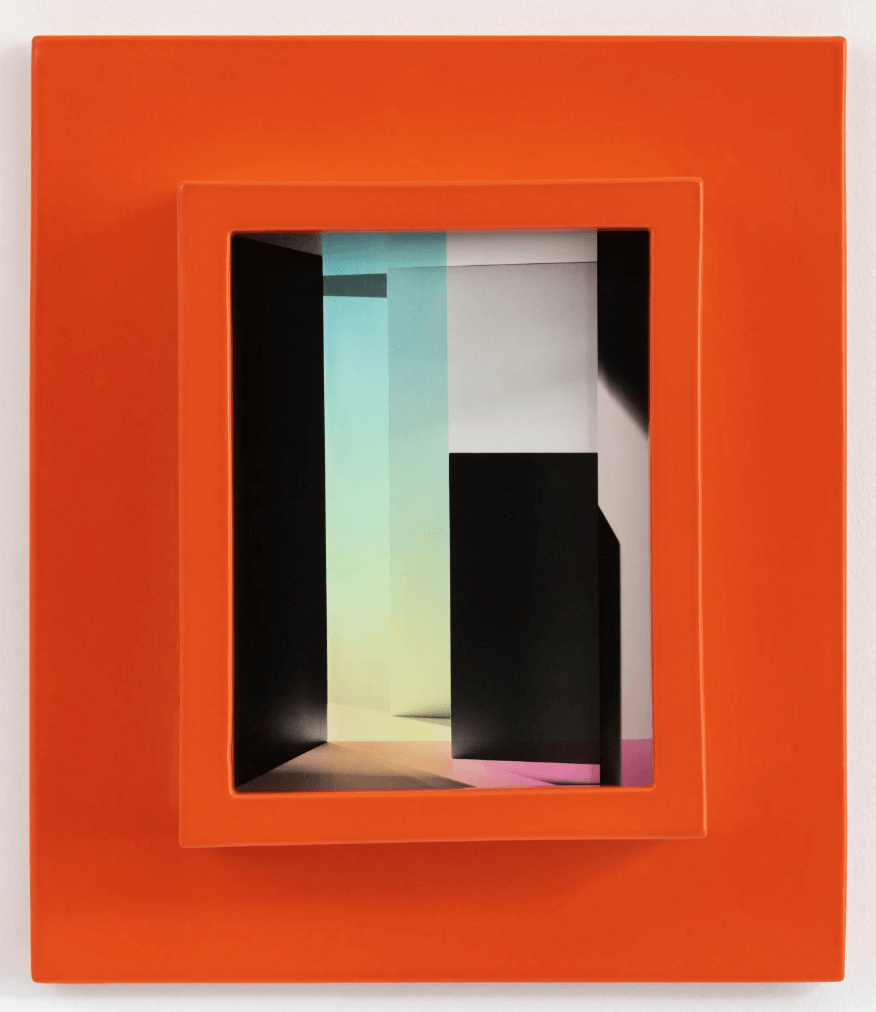Shirana Shahbazi: On Zurich and grappling with the contradictory nature of photography
Shirana Shahbazi
This is your fourth solo show at Galerie Peter Kilchmann, could you tell me a little about the concept behind these new works and the materials used?
I began working on this body of work last fall, at the beginning of the protests and the feminist uprising in Iran, this movement has been both powerful and inspiring in so many levels, but also brutal and hard to digest. The Iranian community is going through a harsh time between hope and disorientation. Being part of the Iranian diaspora, has been the mood that has underpinned the work in this show.
The show contains three groups of works and a hybrid visual language is presented, in a similar vein to previous shows. There are large format multipart lithographs in bold colours. A figure which seems to be either falling, hovering or flying, is overprinted with spacial elements. The images are fragmented in themselves. In contrast to these large formats, there is a series of very small black and white photographic prints that I have hand coloured and which are framed in ceramic frames. These two series are accompanied by ceramic plates that transfers the space into a new experience and add to the diversity of the materials used.
Last but not least, there is an installation with moving image. For the first time I have used 16mm film. The projection takes place in a special installation that corresponds to the architectural elements that also appear in both the photographs and lithographs.

How did this shift to the moving image come about?
Having transformed photography into so many different media, such as painting, silk screen, lithography, architecture, carpets, it was just down to a matter of time before I began to work with moving image. Like in my photographic works, I have used multiple exposures and overlapping to create an independent experience of time and space. It was a pleasure to work with Dorit Chrysler, a musician, who’s work I adore. This is probably the bigger shift for me, rather than using cinematographic material.
How did you initially approach photography and how has your relationship to the medium changed over the years?
Having been raised in a heavily politicised private and social context, I first wanted to become a photo journalist. But the emigration to Germany and the intellectual grappling with the medium of photography, later on in my studies, helped to familiarise myself with photography’s contradictory relationship to outside reality. A clear sense of belonging gradually dissolved and I became aware of the importance of perspective and language, along with the challenges of translation and of the transcultural construction of meaning.
What is it that analogue cameras and traditional printing techniques do for you, that digital does not?
First and foremost: time to think and space to experiment! The parameters are so reduced, that I can be more focused and precise. But this has never been a dogma, just one way of working. For the lithographs, I use digital images which then are translated into other media, such as lithography in this show. I think the encounter with art through a physical experience is what I care for.

Your works are closely related to their spatial surroundings and usually intervene with the architecture of the exhibition space. Do you have a background in architecture or design?
My father is an architect and I have been raised in a very art friendly surrounding. Also 2 decades of collaboration with my partner Manuel Krebs, who is a brilliant designer, has definitely influenced my work.
You were born in Tehran, Iran but you now live and work in Zurich, could you guide our readers through your ideal day in Zurich?
My ideal day in Zurich – when the sun is shining – is to go for a swim in the river, most likely at the Oberer Letten riverside bathing facility or further down the river in Schlieren, where my studio is. On an ideal day I really hope not to cross paths with the army of the passive aggressive teachers in this town and I personally would prefer to spend some hours at Hardau with my lovely neighbours.
Definitely try to go see a production at Schauspielhaus Zurich, as long as the directors are still running the amazingly rich programme there, they have demonstrated to us that Zurich can feel like a contemporary and diverse place.
As a reminder of the ongoing protests in Iran, I would like to highlight my three favourite Iranian places in Zurich: have a coffee at Anny-K and try the vegan desserts. For a unique treat, go to Karim’s Wine and Steakbistro. Have lunch at Payam’s kiosk after your swim at Oberer Letten before noon on the concrete side.
For Lebanese food go to Café Bebek. Shop vintage at Love at the Bus Stop or Elif Boutique. Get beautiful flowers at Floral Lokal. If you want to try something else other than Sprüngli, have Juliette’s Pain d’amour’s excellent French patisserie. Buy the beautifully designed books by AKI-Verlag. For a quick great lunch around Löwenbräu, have Marie’s sushi at Tokyo Tapas in the Markhalle or alternatively visit her son’s Gyoza Dumpling-Bar. Afterwards, enjoy Zurich’s best ice cream at Eisvogel. Try Swiss food such as Zürich Geschnetzeltes at Hardhof or Falken.
Zurich Art Weekend runs from 9 -11 June, 2023




